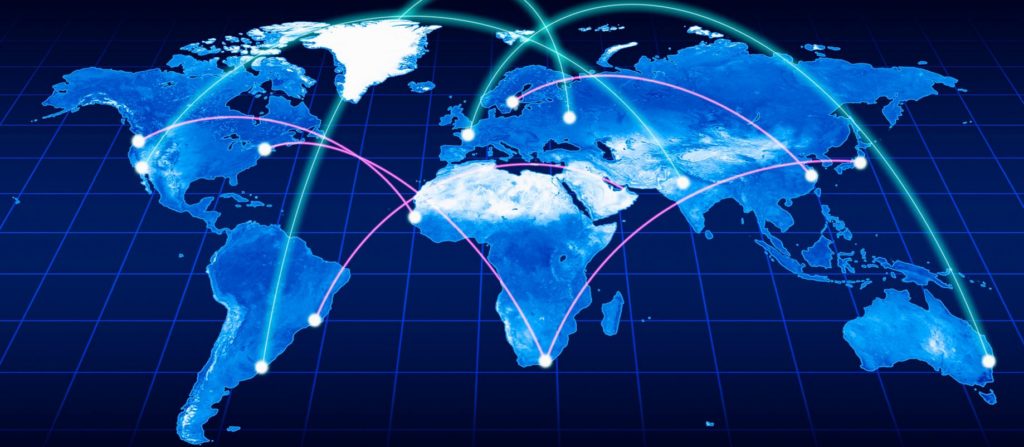Globalization: Not Dead Yet
Every fall I teach a course on the history of globalization. It is the highlight of my year and it gives me a seemingly endless supply of grist for understanding. So when I read an article from The Los Angeles Times that claimed the Coronavirus may threaten globalization, it set my wheels turning because it speaks to a popular misunderstanding of what globalization actually is.
More than a century before Christ, Rome and Han China were the two wealthiest empires of the ancient world—and the most commercially active. Not surprisingly, there is substantial evidence of that their merchants traded with one another. Along the old Silk Road, merchants from the West brought glassware, statuettes, and slaves trained as jugglers and acrobats which they traded for silk, exotic fruits, rare birds, ostrich eggs, gem stones, gold, silver, spices and perfumes from China.
This trade continued for centuries. So when Marco Polo left Venice in 1271 with his uncle and father to try to reach China, they knew there was money to be made—lots of money. At the time, Europe was an economic backwater. The bulk of the world’s wealth existed in Asia. When you read The Travels of Marco Polo—the book he published upon his return to Venice, it’s not just a travelogue. It’s like the old J.C. Penny catalogue—an accounting of all the things you can trade between Venice and China.
Within several decades, the bubonic plague cut-short the enthusiasm for trade with China that Marco Polo inspired with his stories of great wealth. When the plague arrived in the middle of the 14th century, it is estimated to have killed up to one-third of the population in both Europe and Asia—that’s as many as 120 million lives in Asia, alone. Mass death shook the existing world order. Death was everywhere, then famine. Weak governments collapsed. Trade shrank considerably. The pursuit of wealth from distant trade would have to wait.
It took decades, but eventually trade along the old Silk Road resumed. But when it did, the Chinese were no longer interested in European pottery. They would only trade for gold and silver. By the end of the 15th century, changes in ship design (we could sail INTO the wind) and the advent of navigational instruments made trade by ship with Asia viable. That set off a scramble to find a shorter route to China as well as the gold and silver demanded by the Chinese in order to trade with them.
When Columbus landed in the Americas in 1492, it was the culmination of an impulse to trade—to seek the most efficient route of getting to China. But as the enormity of the discovery of the New World came into focus, European conquerors soon began the largest transfer of wealth in human history. In the 50 years after Columbus’ arrival in Hispaniola, European powers shipped more gold and silver from the Americas to Europe than had existed in all of Europe previously. And with that, the wealth of the world shifted west—a progression that marched onward until the 1990s, when it began moving back towards China.
I have no doubt that there will be changes and disruptions to the way we trade and the frequency with which we travel—at least temporarily—as a result of the Coronavirus pandemic. Global supply chains are already stressed and there is logical concern over reliance on foreign manufacturers for critical supplies like personal protective equipment. But if this brief history teaches us anything, it’s that the impulse to trade with others is a characteristic of humanity. Even in the face of the bubonic plague, which was orders-of magnitude worse than Coronavirus, people still dreamed of riches to be made from trading over vast distances. Pandemic might disrupt the particular mechanisms of trade, but it won’t disrupt the impulse to trade.
Globalization is a process by which the experience of everyday life—marked by the spread of goods and ideas—becomes standardized around the world. It may change in the details, but globalization is here to stay.

